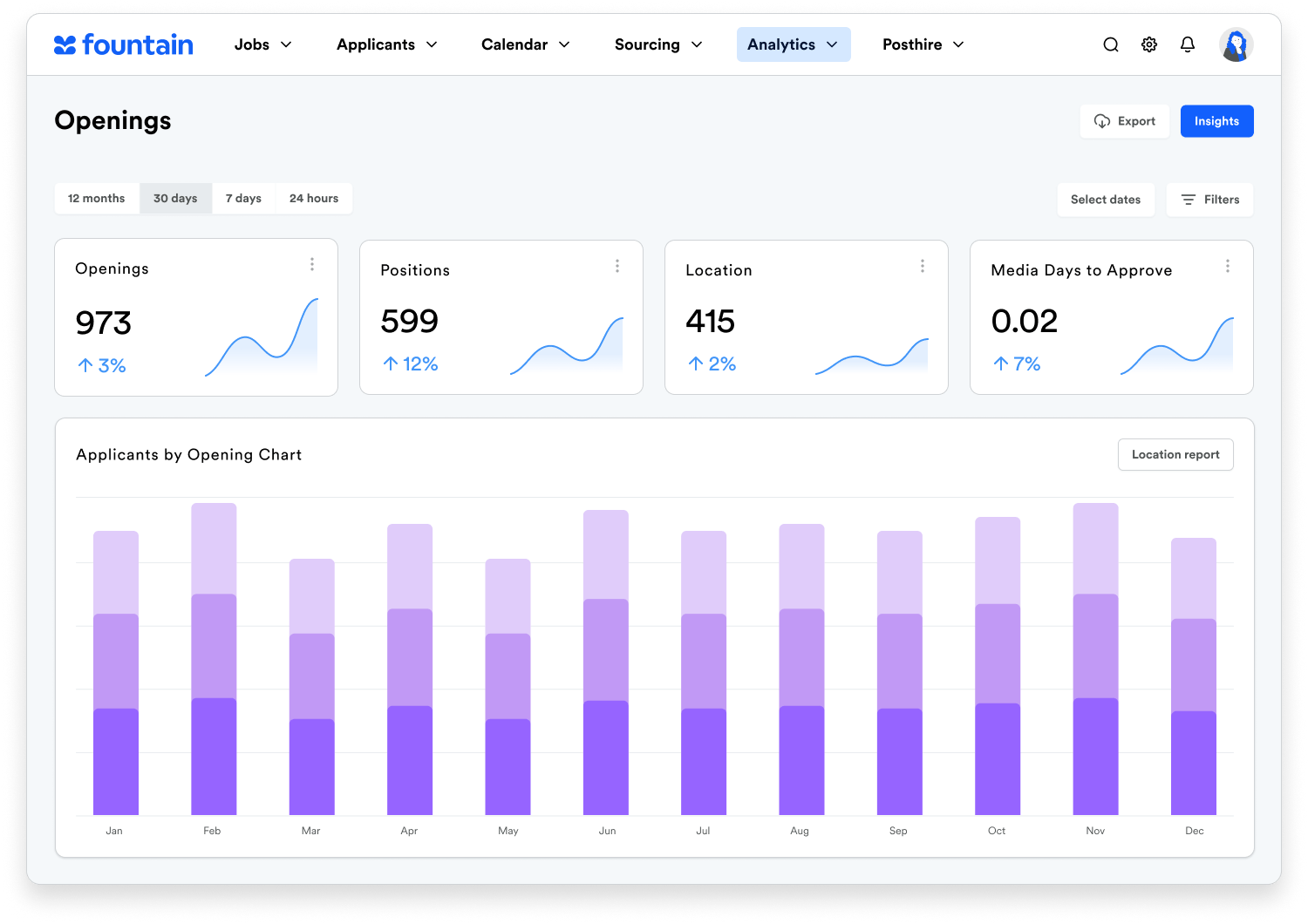Today’s state of hiring is seemingly always in flux. When the COVID-19 pandemic hit, workers started to re-evaluate their priorities, which may have involved quitting or changing jobs more swiftly than in the past. To get ahead of this quick-quitting trend, it would behoove businesses to build an arsenal of employee retention strategies to help keep workers for the long term.
Keep reading for tips on how to encourage workers to stick around once you’ve gotten them in the door.
Check Their Pulse
This isn’t medical advice—rather, it’s a method of using frequent surveys to gauge workers’ thoughts and opinions about daily life at work. This can include anything from scheduling and teamwork to management and benefits. Checking in with your workers in this way can help them feel heard amid the cacophony of day-to-day operations.
When sending out pulse surveys by email, emphasize that workers’ feedback will be anonymous, which is more likely to result in honest answers.
Continue this consistent stream of communication with frequent newsletters, new-hire announcements, anniversary announcements, and more. Keeping in touch with your staff creates open lines of communication and transparency, leading to trust. This sense of trust is a great foundation on which to build additional employee retention strategies.
Regular Recognition and Rewards
Instead of conducting performance reviews once per year, hourly workers tend to expect more immediate recognition and rewards. Consider implementing a three-, six-, and nine-month mini-review, and use the aforementioned communication channels to recognize worker milestones.
Showing appreciation for workers every few months with incremental incentives fosters motivation for workers not only to continue to work hard but also to stay on board longer.
Flexibility and Teamwork
Times are tough; work shouldn’t be. After all, even hourly workers likely spend more time at their jobs than with their families. Create trust among your workers and show them you’re on their side by offering flexible time-off policies, especially for sick leave to take care of themselves or loved ones, or to get the COVID-19 vaccine.
Consider assigning an “on-call” worker to volunteer in case of last-minute emergencies. This may require more commitment from workers, but remind them you’re a team, these policies are in place to help every worker, and there may come a time when they need a coworker to step up for them.
Boost Benefits
Not all hourly employers are able to offer full medical benefits to their workers. If this isn’t an option for you, create a resource center (on your intranet, for example) where workers can find lists of names and contact information for community organizations or nonprofits that offer healthcare services at discounted rates or for free.
Worker wellness is also important inside the workplace. Consider setting up a peer-to-peer program that connects workers for brief one-on-one chats to get to know each other better. A better understanding of who coworkers are, how they work, and what their lives are like outside of work can build a sense of community and trust within the team, leading to happier and more fulfilled workers.
Final Thoughts
The above employee retention strategies are meant to help create a positive working environment so that when other offers come along, your workers will have a hard time walking away from what you have provided them. But if another offer does come along, dedicate time to discussing a worker’s reasons for leaving, what you can do to encourage them to stay, and how you can help them grow where they’re planted.

 Sep 21 2021
Sep 21 2021
